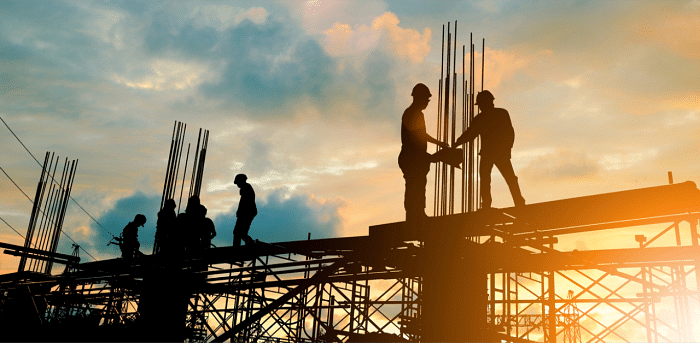
Over the last two decades, Bengaluru has lost over 80% of its green cover and most of its lakes and fauna. The city has seen an explosion in construction, benefiting architects and developers immensely.
Our buildings consume more than 40% of global energy and a not-so-surprising 60% of the electricity that is generated; though this is a western statistic, it holds equally true for buildings in India. A building's carbon footprint refers to all the carbon released into the atmosphere during the design, construction, and operation of the project. The building sector has the largest potential for significantly reducing greenhouse gases (GHGs) compared with other major emitters.
Since Covid in 2020 and a year after COP26, the number of FTSE 100 companies vowing to achieve net zero emissions by 2050 has grown by 37%. In India, we have many policy initiatives to mainstream energy efficiency and green buildings through control and regulatory instruments like:
The Energy Conservation Building Code 2007, which targets building energy efficiency;
Environmental Impact Assessment (EIA) and Clearance, which is a mandatory requirement for all buildings with a built-up area above 20,000 sq. m.
Sustainable Habitat Mission under the National Action Plan on Climate Change
Energy labelling of appliances and city-level regulations such as building bylaws (without adequate sustainability parameters and poorly implemented).
Unfortunately, none of the above are implemented by either the government or the private sector. The voluntary, market-led "green building movement" is the only real sustainability-driven initiative. It has, until recently, been propagated by environmentalists and sustainability-driven architects but is practiced by only a handful of architects and developers across the country. On average, only about 140 buildings aspire for green credentials across India every year, which is a drop in the ocean considering the magnitude of the industry.
Unless radical changes are facilitated at both the policy and implementation levels and by citizen-driven demand, sustainable architecture is unlikely to ever catch up with the pace of mainstream construction. Unfortunately, in Bangalore and other major Indian cities, sustainable architecture is still considered a luxury. The focus of most buyers, architects, and builders is to facilitate cheap and quick housing. Destruction of land and forests and concretisation are par for the course. The architect and developer are complicit, as are the buyer, local politician, and bureaucrat. Everyone is making a quick buck.
As attention turns to delivery in 2023, awareness is growing that traditional methods to offset carbon are at best distractions that don’t count towards net zero. Architects and developers, who were the beneficiaries of the construction boom, are going to need to step up their game. While architects, as professionals, are held in high esteem, they have little to no oversight in any planning or policy decisions regarding the city. A star architect may get input occasionally, but this is not consistent or structurally mandated. The architect’s education is also lacking in sustainability. Only a few architects and developers practice sustainable architecture. The rest is mostly rhetoric.
Making a pledge is easy. It is time to step up and deliver. It is time to rethink the building sector: how we build, what materials we use, and how do we achieve net zero in the construction and building sector. Policies focused on sustainability and net zero to have more teeth; sustainable buildings need to be incentivised financially; and the governance and regulation of the building sector require immediate attention. The latter is perhaps the biggest culprit in the rampant development of our cities.
To achieve the net zero pledge, we must raise awareness in both the public and private sectors, increase the capacity of government officials, incentivize government officials to facilitate sustainable practices in the building sector, shift away from reliance on consultants, and strengthen local level sustainability bylaws. If we carry on at this rate, we are going the way of Joshimath.
Architects, developers, and politicians would do well to be farsighted and engage in sustainable practices. The energy-intensive and destructive practices of building and infrastructure development need to be reconfigured from the ground up. Perhaps if consumers and civil society started demanding sustainability certificates from all stakeholders including the government, we may get policy makers to restructure the governance framework of the building sector. And perhaps then we would actually see sustainable results.
(The writer is an urban planner based in Bengaluru)